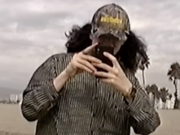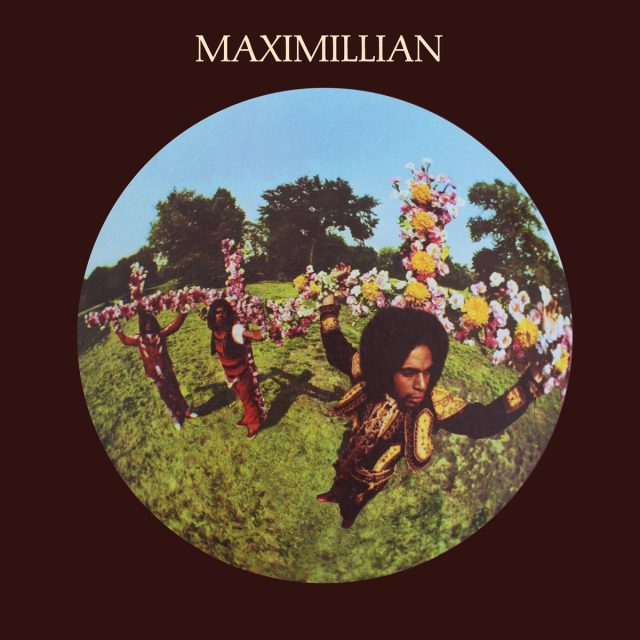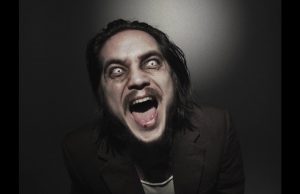THE EDITED PRESS RELEASE: “New York City African-American and Latino hard rock/psych trio Maximillian released their sole self-titled album on ABC Records in 1969, then promptly vanished. It has remained a collectors’ conversation piece ever since.
Maximillian combined elements of beat poetry, a little bit of The Fugs, a hit of Funkadelic, a lick of Cream and a vibe of Hendrix worship with an ambition that seems to have jumbled these influences. Their album is a rare artifact of late-’60s psychedelic rock whose appeal is not the skill of their musicianship, but the downright strangeness of it. While at times it sounds like the trio is playing entirely different songs at the same time, it’s said that producer Teddy Vann had a hand in the album’s sometimes-confusing production.
The group credited on the album consists of singer Buzzy Bowzer (aka Maximillian), lead guitarist Mojack Maximillian, and bassist Moby Medina (aka Moby Maximillian) with drummer Jerry Nolan — later of The New York Dolls — oddly uncredited on the LP. According to Nolan’s official biography, the band was actually co-founded by Buzzy and Nolan in 1968. The drummer was reported to have feuded with Vann, who disliked his Mitch Mitchell-influenced style, and was subsequently mixed very quietly and not credited on the album.
The album’s eye-catching artwork features the sharp dressed band crucified on flower-covered crosses, with a cryptic and self-aggrandizing manifesto describing them as “new prophets of love and truth.” Be that as it may, their prophecy was short-lived, though it may have foretold the chaotic, rudimentary sounds to come in punk, and even, the grunge era.
The album opens with what sounds like an alternate-reality version of Procol Harum’s A Whiter Shade of Pale, re-tripping the light fandango under the guise of Naked Ape. A short four-second sputter of a violin tuning starts and abruptly ends as funereal fuzz bass and drums set up the melody and shimmering organ, violin squall and Bowzer’s howling voice wails of the failures of human evolution.
Kickin’ 9 to 5 starts like an early Hendrix groove before turning on a dime into a Bo Diddley-esque dirge, replete with the drums hard panned to the left channel and a persistent maraca on the right. Bowzer’s diction on Scar On My Memory predates Mark E. Smith of The Fall’s signature added vowels at the end of most words, while the music sounds like a more acid-damaged take on fellow N.Y.C. freak-folkers Exuma.
Elsewhere, The Name of The Game echoes Manic Depression with churning, rolling drums and a chiming guitar following Bowzer’s growling blues until the song suddenly shifts into a lurching raveup, then a blues rumble for a few bars before mutating back to the original riff. Album closer Moby’s House is by far the most unusual track, sounding like a pastiche of the LP’s songs cut and spliced together in random fashion, perhaps in homage to The Beatles’ Revolution No. 9. Throughout the album, random percussion and other instruments pop up as though the producer were assuring he could take credit for song arrangements.”










































